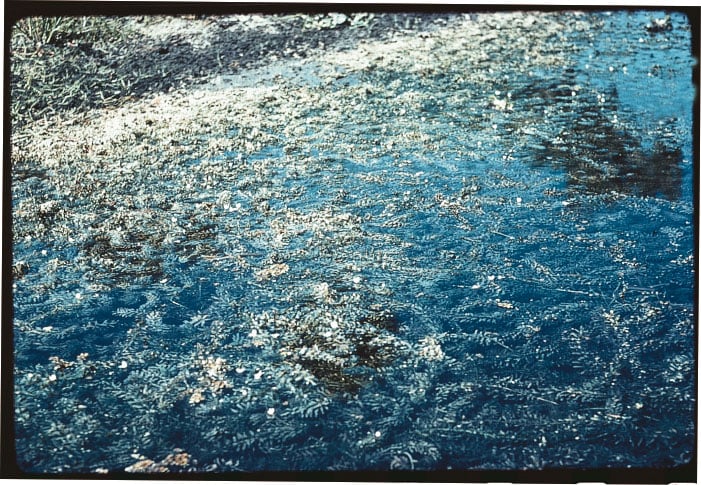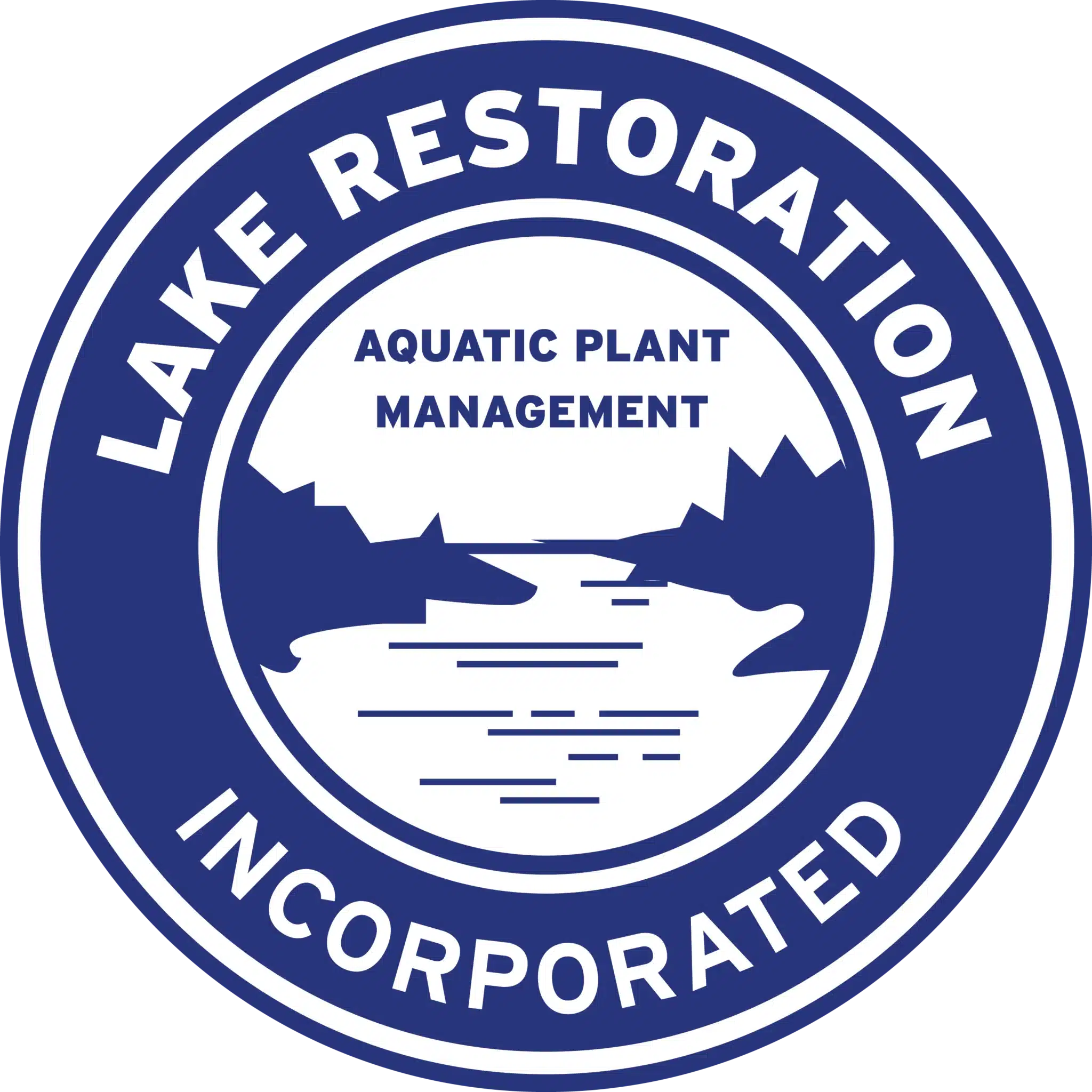
Aquatic Invasive Species
Hello Lake Restoration. Goodbye Lake Weeds.
Aquatic Invasive Species Control Services
Lake Restoration provides treatment to invasive aquatic plant species such as Curlyleaf Pondweed, Eurasian Watermilfoil, and Starry Stonewort to name a few. Our clientele includes lake associations, lake improvement districts, municipalities, state department of natural resources, U.S. Army Corp of Engineers, and watershed districts throughout Minnesota and western Wisconsin.
Performance and Service Warranty
Lake Restoration stand behind our work and provides a performance and service warranty on all of the Aquatic Invasive Species work we conduct. We strive to achieve commercially acceptable (90% or greater) control of the species we are targeting. More details are outlined in our warranty program when we we submit a quote to your group.
Our Treatment Method
Lake Restoration used the following treatment method for all Curlyleaf Pondweed, Eurasian Watermilfoil, and Starry Stonewort Projects.
- Microprocessor for uniform application of the products. After the appropriate application rate is entered into the microprocessor, the valves adjust the flow of aquatic herbicide being applied based upon the speed of the application boat.
- Adjustable height submerged trailing hoses for aquatic herbicide application placement within the biomass of the target plant species.
- GPS navigation for accurate placement of the aquatic herbicide within the approved treatment location.
On Time Delivery for Time and Temperature Sensitive Projects
Lake Restoration has a proven track record of providing on time Curlyleaf Pondweed, Eurasian Watermilfoil, and Starry Stonewort treatments on lakes throughout Minnesota and western Wisconsin. We annually treat over 2,000 acres for Eurasian Watermilfoil, Curlyleaf Pondweed, and Starry Stonewort control.
Testimonials on Services Provided by Lake Restoration
- Lake Alexander, Morrison County: The Lake Alexander Lake Improvement District (LALID) has used Lake Restoration, Inc. lake provider services to treat the aquatic invasive species (AIS) Curlyleaf Pondweed (CLP) and Eurasian Watermilfoil (EWM) for more than 10 years now. They have provided excellent services and have greatly reduced the presence of both CLP and EWM during that time. The services have been professional and timely, including all permit and grand application submittals, and the LALID has been impressed with their customer service and friendly staff. Another important piece is their price competitiveness relative to other lake service providers, and thus the LALID would highly recommend their service to all other lake associations and lake improvement districts looking for AIS management services. – Lake Alexander Lake Improvement District, Dr. Bill Faber-President
- Lower South Long Lake, Crow Wing County: We have been customers of Lake Restoration since 2007. We have formed a Lake Improvement District to combat Aquatic Invasive Species (AIS). Specifically, Curlyleaf Pondweed. Over the years, Lake Restoration has consistently fulfilled our needs. They complete a survey of the lake and recommend areas of treatment. They have helped us apply for grants and work with the Minnesota Department of Natural Resources (DNR). Chad Hadler and his staff have been great to work with. They are reliable and are always ready to answer any questions we may have. They have helped us to manage our AIS and lowered the cost of treatment as well. We highly recommend Lake Restoration! – Lower South Long Lake Improvement District, Mike O’Brien-President
- Lake Koronis, Stearns County: With a very large infestation of Starry Stonewort on Lake Koronis we needed to find a chemical applicator that was reliable, willing to be flexible, professional, experienced in the application method that we required for our treatments, and could meet the extra requirements we required not only for the handling of the chemicals, but in the verification of application through chemical sampling and testing. Lake Restoration was that applicator. They met and exceeded all of our expectations and we would highly recommend them for your work too. – Koronis Lake Association, Kevin Farnum
Some of the Complementary Services our Company Provides
- Department of Natural Resources Permit Paperwork: Our staff has been assisting lake associations apply for permits since we started in 1977. We are knowledgeable in the requirements of the Department of Natural Resources permits on all treatment programs we offer. This allows us to help you streamline the necessary steps needed to apply for the appropriate permit for your project.
- Minnesota Department of Natural Resources Grant Applications: The Minnesota Department of Natural Resources has grant money available for Aquatic Invasive Species (Curlyleaf Pondweed and Eurasian Watermilfoil) work. Our office has had years of success in assisting our clients through the steps to apply for and receive grant money.
- Educational Presentations: Many residents on lakes have questions related to aquatic invasive species treatments and how the treatments are conducted. We provide the complementary educational presentations on aquatic invasive species tailored to the specific questions of your association. These presentations run around 15-20 minutes and will typically answer a majority of the questions lake residents have. Our presentation and staff is very knowledgeable and will be able to answer any other questions your lake residents may have during the presentation.
- Minnesota Department of Natural Resources Permitted Lake Services Provider: Lake Restoration and its employees have completed the necessary training and have received our company permit for the Permitted Lake Service Provider through the Minnesota Department of Natural Resources. We have been permitted since the program began.
Contact Us about Aquatic Invasive Species
Frequently Asked Questions
The die-down of invasive plants after a pesticide treatment generally takes 1-3 weeks. This varies with target species, product used, product rate, and other factors. What does not vary is that Lake Restoration will execute the treatment program as effectively as possible.

